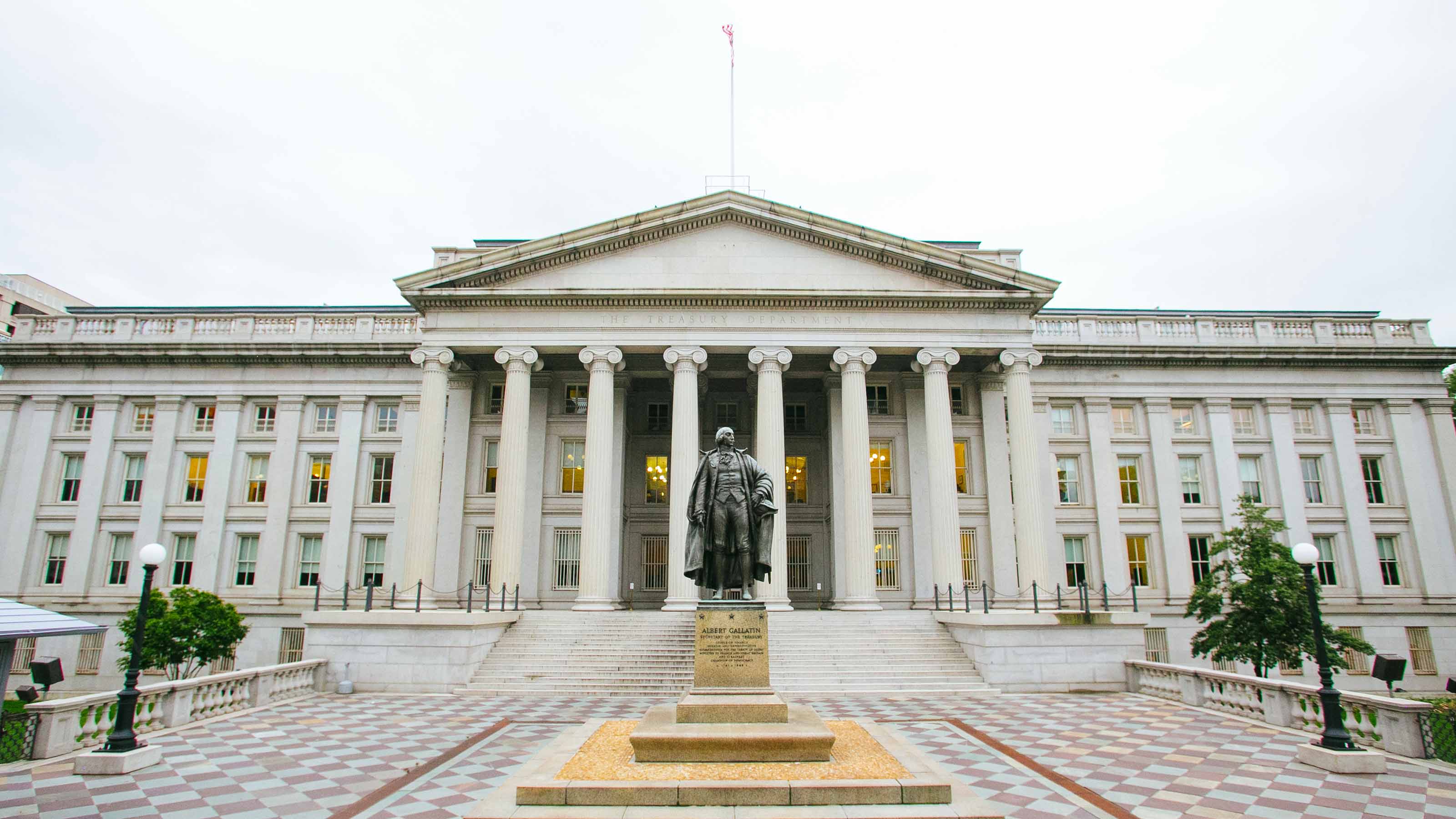More Power to Utility Stocks
For steady, albeit modest, growth and above-average dividend yields, it's still hard to top utilities.

At a home down the street from mine in a leafy Maryland suburb of Washington, D.C., work crews just installed a set of solar panels. I don’t know the homeowners, who arrived last winter and obviously plan to do less business with Pepco, our electric company, than the rest of the folks on our cul-de-sac do. We’re pleased that Pepco (symbol POM), which has an awful storm-related reliability record, is being acquired by Exelon (EXC). But should investors in Exelon worry that people in my neighborhood—or the next one over or the one after that—are galloping to get off the grid? I biked around and saw no signs of that, despite the subsidized loans and state and federal tax credits available for solar installations.
That brings me to the performance of utility stocks, which are having a great 2014. Through May 30, the Dow Jones utility average has delivered a total return of 11.1%, compared with 1.9% for the Dow Jones industrial average and 5.0% for Standard & Poor’s 500-stock index. I am not shocked by utilities’ stellar results.
Solar mania is just the latest wrongheaded argument for the idea that traditional electric utilities are obsolete and their stocks are doomed. Solar-power output is growing rapidly, especially in sun-drenched California and Arizona. But most of that growth comes from utilities tapping the rays to produce juice for resale, not from the homeowning public adding so much solar energy that it threatens to dispatch Local Power & Light to the dustbin, alongside Blockbuster Video. Plus, utilities are adding far more generating capacity from natural gas. Their solar efforts are a buffer against the risk that cheap and abundant gas will become unavailable.
From just $107.88 $24.99 for Kiplinger Personal Finance
Become a smarter, better informed investor. Subscribe from just $107.88 $24.99, plus get up to 4 Special Issues

Sign up for Kiplinger’s Free Newsletters
Profit and prosper with the best of expert advice on investing, taxes, retirement, personal finance and more - straight to your e-mail.
Profit and prosper with the best of expert advice - straight to your e-mail.
There are plenty of other flawed arguments against investing in power companies. Among them are the likelihood of rising interest rates, the threat of regulators trying to score political points by capping or reducing investor returns, a history of stupid acquisitions, and a perception that the industry is mismanaged because smart people enter more exciting fields. The stock market generalists I question about utilities believe all of the above, so they usually pan the sector. By contrast, utility analysts and managers of utility funds give the companies they follow high marks for solving problems and controlling their appetite for ill-fitting nonregulated ventures.
Valid concerns. Not everything is sunny in utility-land. Duke Energy (DUK) may need to spend $10 billion—the equivalent of four years of profits—to clean up toxic coal-ash ponds in North Carolina that poison rivers and soil. Southern Co. (SO) is building two nuclear reactors in Georgia that are three years behind schedule and more than $2 billion over their estimated $14.3 billion cost. New York’s Consolidated Edison (ED) is picking up the pieces from Hurricane Sandy by “hardening” its system at a cost to the company (read: investors) of more than $1 billion. I don’t recommend ConEd, Duke or Southern, all of which trail the Dow Jones utility average so far in 2014.
But for steady, albeit modest, growth and above-average dividend yields, it’s hard to top utility stocks. Investors can choose from among 55 regulated electric or gas-and-electric utilities. You can gain exposure to the entire sector by buying Vanguard Utilities (VPU, 3.4% yield), an exchange-traded fund. Among actively managed mutual funds, the best choice is Franklin Utilities (FKUTX, 2.8% yield). Choose it if you can avoid the sales charge. If you’d rather invest directly, buy a bunch of utilities to minimize the risk of a Duke-style disaster. My favorites are American Electric Power (AEP, recent price $53, yield 3.7%), National Grid (NGG, $75, 6.1%) and Xcel Energy (XEL, $31, 3.9%).
Profit and prosper with the best of Kiplinger's advice on investing, taxes, retirement, personal finance and much more. Delivered daily. Enter your email in the box and click Sign Me Up.

Kosnett is the editor of Kiplinger Investing for Income and writes the "Cash in Hand" column for Kiplinger Personal Finance. He is an income-investing expert who covers bonds, real estate investment trusts, oil and gas income deals, dividend stocks and anything else that pays interest and dividends. He joined Kiplinger in 1981 after six years in newspapers, including the Baltimore Sun. He is a 1976 journalism graduate from the Medill School at Northwestern University and completed an executive program at the Carnegie-Mellon University business school in 1978.
-
 6 Champagne Problems Successful Retirees Face
6 Champagne Problems Successful Retirees FaceWhat do you do if your biggest financial threat is simply having too much of a good thing — money?
-
 Congress is Set for a Busy Winter
Congress is Set for a Busy WinterThe Kiplinger Letter The Letter editors review the bills Congress will decide on this year. The government funding bill is paramount, but other issues vie for lawmakers’ attention.
-
 A Portfolio Checklist If You're Planning to Retire in 2027
A Portfolio Checklist If You're Planning to Retire in 2027Are you planning on retiring in 2027? This portfolio checklist will help put you on the right path.
-
 What Fed Rate Cuts Mean For Fixed-Income Investors
What Fed Rate Cuts Mean For Fixed-Income InvestorsThe Fed's rate-cutting campaign has the fixed-income market set for an encore of Q4 2024.
-
 The Most Tax-Friendly States for Investing in 2025 (Hint: There Are Two)
The Most Tax-Friendly States for Investing in 2025 (Hint: There Are Two)State Taxes Living in one of these places could lower your 2025 investment taxes — especially if you invest in real estate.
-
 The Final Countdown for Retirees with Investment Income
The Final Countdown for Retirees with Investment IncomeRetirement Tax Don’t assume Social Security withholding is enough. Some retirement income may require a quarterly estimated tax payment by the September 15 deadline.
-
 Dividends Are in a Rut
Dividends Are in a RutDividends may be going through a rough patch, but income investors should exercise patience.
-
 Why Investors Needn't Worry About U.S. Credit Downgrade
Why Investors Needn't Worry About U.S. Credit DowngradeFitch Ratings The United States saw its credit rating downgraded for just the second time in history, but experts aren't worried about the long-term damage to stocks.
-
 Municipal Bonds Stand Firm
Municipal Bonds Stand FirmIf you have the cash to invest, municipal bonds are a worthy alternative to CDs or Treasuries – even as they stare down credit-market Armageddon.
-
 High Yields From High-Rate Lenders
High Yields From High-Rate LendersInvestors seeking out high yields can find them in high-rate lenders, non-bank lenders and a few financial REITs.
-
 Time to Consider Foreign Bonds
Time to Consider Foreign BondsIn 2023, foreign bonds deserve a place on the fringes of a total-return-oriented fixed-income portfolio.